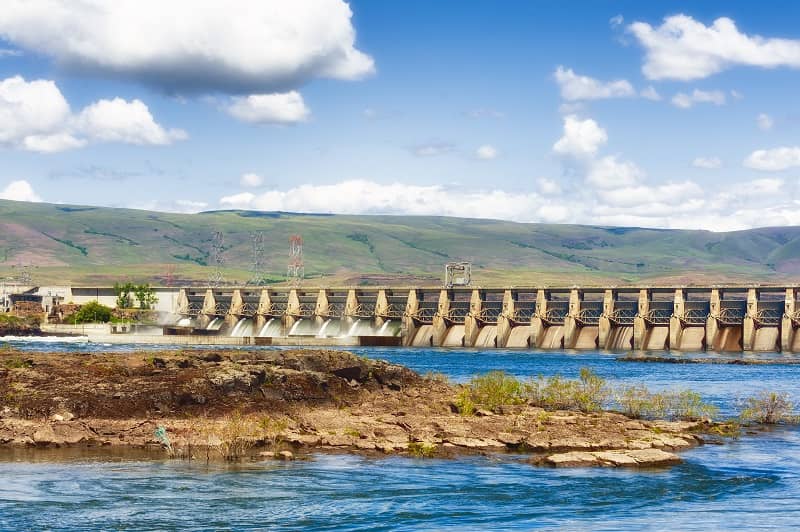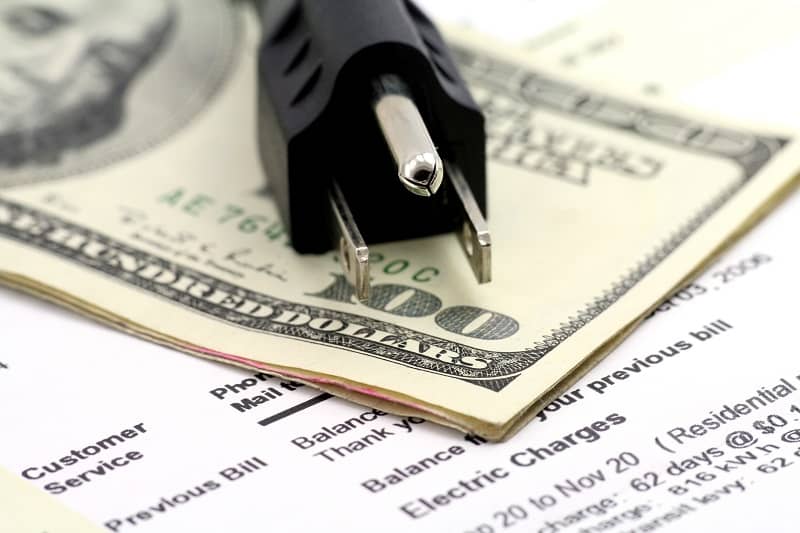

Summary
Wind power advocates claim that wind power is a cost effective source of energy. This is true at present only with market distortions caused by state and federal governments. Instead of imposing renewable energy technologies on consumers ahead of their time, let supply and demand guide their development and adoption by consumers.
Word count: 801
Wind power advocates long have claimed that wind power is a cost effective source of energy. This is only true with the market distortions caused by state and federal governments. Currently, the state of Oregon highly subsidizes wind power at the expense of most ratepayers.
In addition to the federal production tax credit which offers an income tax credit of 2 cents per kilowatt hour (kWh) (about a third of the cost of producing wind power), PGE and Pacific Power customers pay a 3% public purpose charge on their monthly bills to the Energy Trust of Oregon. The Energy Trust, an independent third party nonprofit founded in 2002, uses the money to subsidize renewable resource generation and energy efficiency programs. 17% of the public purpose charge, about $10-13 million per year, goes to projects that generate electricity from selected renewable sources. Another pot of gold is the Oregon Business Energy Tax Credit program. Renewable energy generation projects in Oregon are eligible for a state tax credit that is 50 percent of total project costs. The tax credit is filed over five years: 10 percent each year.
The subsidies that support wind farms hurt all sectors of the economy by redistributing money into a higher priced, less efficient and more unreliable source of energy. The truth behind wind energy is that it costs more than other traditional sources, does not provide reliability like hydroelectric, nuclear or thermal power plants, and may not be as environmentally friendly as advocates like to profess. Most estimates on cost of wind energy without subsidies and other incentives are about 6-7 cents per kWh. In contrast, thermal power plants can produce energy at about half of that cost, at 2-4 cents per kWh.
Reliability is also an important factor in electricity generation, since both homes and businesses need access to consistent power. Wind farms are historically inconsistent and may have 30% average capacity, meaning if a wind generation plant is rated at 500MW, on average it will produce only 150 MW. The variability of wind causes difficulties in integrating this power source into the grid. The Bonneville Power Administration (BPA), the federal power marketing agency responsible for selling the electricity from federal dams on the Columbia River, recognizes the difficulty of integrating wind power into the grid and recently asked the Oregon Public Utilities Commission for an 8.9% increase on the average residential customer’s monthly bill, due to the increasing integration cost of wind energy.
Despite subsidies financed by taxes on consumers, BPA is asking for more money to offset the large cost associated with using wind energy.
Subsidies for supposedly “green” energy sources have long been praised by environmental activists as good for the environment and necessary to fix the market failures of pollution externalities associated with traditional power sources such as coal, gas and large hydroelectric facilities. These subsidies, in fact, distort market processes all at the expense of the ratepayer. Free markets can lead to efficiency improvements and the adoption of renewable sources naturally.
The market is showing signs that wind power could become cost effective. The cost of producing electricity from wind has declined significantly from around 38 cents per kWh in the early 1980s. In the not too distant future, wind energy costs could fall even lower than thermal power plants. Not only are the costs of using wind energy declining, but the costs of operating natural gas fire power plants are increasing. Costs of natural gas have been increasing year after year in Oregon.
As consumers demand more electricity, populations increase, and fossil fuel prices rise or are unstable, renewable energy sources can come into the forefront. This market-based progression can drive the use of wind energy or other renewable sources. Not only can it make other sources a viable option but changing fuel prices and technology adoption has and will continue to drive efficiency in the sources we are currently using. Thus, a free market can provide an opportunity for renewable energy and spawn more efficient fossil fuel generation.
Taxes, credits and subsidies artificially force wind farm construction and, in turn, create inefficiencies that increase energy rates which seep into all sectors of the economy. The solution is to let the market work, and let supply and demand guide technologies. Let consumers and businesses have a chance effectively and slowly to adapt to fluctuations in energy prices.
The hysteria of wanting to switch to “green” technologies ahead of the market will hurt the economy and put undue financial burdens on the citizens of Oregon. In times of economic hardship where the last thing Oregonians need is higher energy bills, policy makers should not be using taxes like the public purpose charge to provide subsidies to renewable energy sources that in a few years could become cost efficient on their own.
Attention editors and producers:
Cascade Commentaries are provided for reprint in newspapers and other publications, with credit given to author(s) and Cascade. Contact Cascade to arrange print or broadcast interviews on this commentary topic.
Electronic text files are available online at www.cascadepolicy.org.
Please contact:
Nancy Wheaton
Cascade Policy Institute
4850 SW Scholls Ferry Rd.
Suite 103
Portland, Oregon 97225
Phone: (503) 242-0900
Fax: (503) 242-3822
www.cascadepolicy.org
info@cascadepolicy.org
Cascade Policy Institute is a tax-exempt educational organization as defined under IRS code 501(c)(3). Nothing appearing in this Cascade Commentary is to be construed as necessarily representing the views of Cascade or its donors, or as an attempt to aid or hinder the passage of any bill before any legislative body. The views expressed herein are the author’s own.











